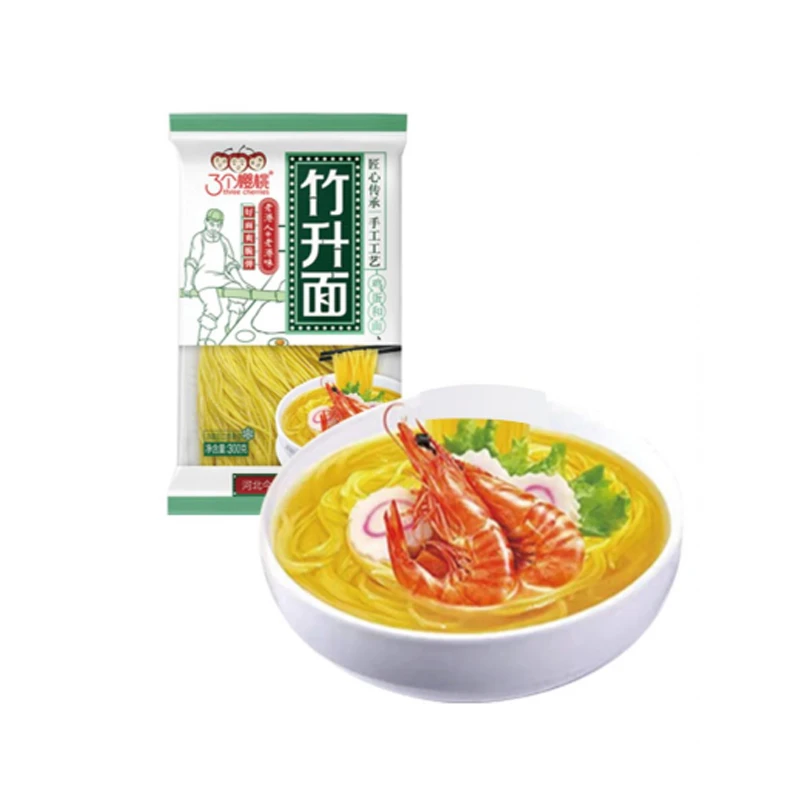Perfecting Your Own Fresh Pasta Noodles at Home with Simple Ingredients
Homemade Pasta Noodles A Culinary Adventure
Making homemade pasta noodles is a delightful culinary experience that brings the richness of Italian cuisine right into your kitchen. Whether you’re a novice or a seasoned cook, the process of creating fresh pasta from scratch is both rewarding and satisfying. The simplicity of the ingredients combined with the techniques can transform an ordinary meal into an extraordinary one.
The Beauty of Fresh Pasta
The beauty of homemade pasta lies not only in its flavor but also in its texture. Fresh pasta has a tender bite and can absorb sauces in a way that dried pasta simply cannot. With a few simple ingredients—flour, eggs, and a pinch of salt—you can produce a range of pasta types tagliatelle, fettuccine, ravioli, or even lasagna sheets. The beauty of making pasta at home is that you can customize it to suit your preferences.
Ingredients and Tools
To get started, gather your ingredients and tools
. For a basic pasta dough, you will need- 2 cups of all-purpose flour (plus extra for dusting) - 3 large eggs - A pinch of salt
The tools are minimal and include a clean countertop or a large mixing bowl, a fork for mixing, a rolling pin, and a sharp knife or pasta cutter. If you have a pasta machine, it will make the rolling out process easier and ensure uniform thickness.
The Pasta-Making Process
homemade pasta noodles

1. Making the Dough Start by forming a mound with the flour on your countertop, creating a well in the center. Crack the eggs into the well and sprinkle salt over them. Using a fork, beat the eggs gently while gradually incorporating the flour from the edges of the well. Continue until the mixture begins to come together.
2. Kneading Once the dough starts forming, use your hands to knead it. Knead for about 10 minutes until the dough is smooth and elastic. If the dough is too sticky, add a little more flour; if it’s too dry, dampen your hands with a little water.
3. Resting the Dough Wrap the kneaded dough in plastic wrap and let it rest for at least 30 minutes at room temperature. This allows the gluten to relax, making it easier to roll out later.
4. Rolling Out the Dough After resting, divide the dough into smaller portions. Use a rolling pin or a pasta machine to roll each portion into thin sheets. If using a machine, start with the widest setting and gradually decrease to your desired thickness.
5. Cutting the Pasta Once rolled out, you can cut the pasta into your desired shape. For tagliatelle, slice the sheets into strips; for ravioli, you’ll need to cut out circles or squares and fill them with your choice of stuffing.
Cooking the Pasta
Fresh pasta cooks much faster than dried pasta. Bring a pot of salted water to a boil, then add your pasta. Within 2 to 4 minutes, you’ll have al dente noodles that are ready to toss in your favorite sauce. A simple olive oil and garlic sauce, a rich marinara, or a creamy Alfredo sauce will all enhance the flavor of your homemade noodles.
Conclusion
There’s something magical about making homemade pasta noodles that connects you to generations of Italian cooks. With a little practice, you can master this age-old craft and impress your family and friends with delicious dishes that are not only beautiful but also made from scratch. Homemade pasta is more than just food; it’s an experience, a labor of love, and an invitation to share in the joy of cooking. So, roll up your sleeves, grab your ingredients, and embark on this delightful culinary adventure!
-
Unleash Your Inner Chef with Delectable Italian Pasta CreationsNewsAug.01,2025
-
Savor Health and Flavor: Irresistible Soba Noodles for Sale Await!NewsAug.01,2025
-
Nourish Your Body with Premium Organic Ramen - A Culinary Delight AwaitsNewsAug.01,2025
-
Elevate Your Dishes with Our Exquisite Kinds of Egg NoodlesNewsAug.01,2025
-
Dive into Flavorful Convenience with Our Ramen OfferingsNewsAug.01,2025
-
Discover Exquisite Types of Naengmyeon and Chilled Soba NoodlesNewsAug.01,2025
-
Is Whole Wheat Pasta Healthy?NewsMay.30,2025
Browse qua the following product new the we

















































































































